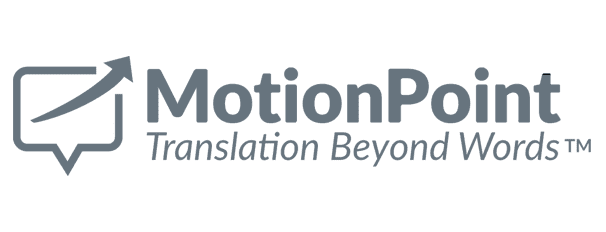




Web translation plays a crucial role in today's globalized digital landscape. As the internet connects people from diverse linguistic backgrounds, the importance of web translation cannot be overstated.
In a world where only 20% of people worldwide can speak and read English, it's evident that catering solely to English-speaking audiences is limiting your reach and potential audience size. By translating your website, you break down language barriers and open the doors to a global audience.
Effective web translations go beyond mere language conversion; they enhance user experience, boost SEO, and improve brand reputation. Website translation is not just a luxury; it’s a necessity for businesses and organizations seeking to thrive in the digital age.
Understanding its importance and the benefits it offers is the first step toward harnessing the full potential of web translations.
Website translation refers to the process of converting the content of a website from one language into another while preserving its context, meaning, and cultural relevance. This enables individuals who speak different languages to access and understand the content, making it more inclusive and accessible to a broader audience.
So, why does including website translation in your marketing efforts matter? There are some invaluable benefits to both your brand and your audience. For instance:
As we mentioned, the benefits of web translation go beyond the internal business. Your multilingual audiences will appreciate the web translation, improving the user experience through:
Understanding web translations and its impact is crucial for businesses and organizations looking to effectively engage a global audience while providing an exceptional user experience.
Website translation plays a significant role in enhancing search engine optimization (SEO) efforts, ultimately leading to better visibility and reach in global markets. When you translate and localize your content, it becomes more culturally relevant to more audiences, increasing your web translation’s effectiveness in driving organic traffic and improving SEO rankings.
Let’s explore how website translation can boost SEO and why localizing content is essential for SEO purposes:
Web translation allows you to reach a broader and more diverse audience. This increased global presence can lead to higher organic traffic and improved SEO rankings, especially in regions where your content is available in the local language.
Users are more likely to engage with a website that offers web translations in their native language. Improved user engagement, longer session durations, and reduced bounce rates are factors that search engines like Google consider when ranking websites. Translated content can contribute to a positive user experience, indirectly benefiting SEO.
There are a lot of options when it comes to website translation tools and services. Knowing what choice is right for you comes down to a few important factors:
Choosing the right website translation tool depends on your specific needs, goals, and resources. The top website translation technology should provide most, if not all, of these features.
Take the time to assess these factors and select the tool that best suits your website’s translation requirements.
Creating and managing multilingual websites requires careful consideration to ensure a seamless user experience and consistent messaging across languages. Here are some best practices to help you effectively manage multilingual websites:
By following these best practices, you can effectively manage your multilingual website, provide a positive user experience, and ensure that your messaging remains consistent and culturally relevant across languages.
When planning your web translation strategy, one of the biggest decisions you'll face is choosing the right approach. Not all translation methods deliver the same quality, scalability, or cost-efficiency.
Machine Translation (MT): Fast and affordable, tools like Google Translate or DeepL offer basic web translation. While MT can work for internal documents or low-priority pages, it's not ideal for customer-facing content due to potential errors or lack of cultural nuance.
Human Translation: Professional linguists provide higher accuracy, tone, and cultural alignment. Human-powered website translation is ideal for product pages, legal disclaimers, and brand-critical content, but it can be time-consuming and expensive if done manually.
Hybrid Translation Solutions: A combination of AI-powered machine translation with human editing offers the best of both worlds for web translation allowing for speed, accuracy, and cultural relevance. Many modern web translation platforms now offer this flexible approach, often with built-in automation and workflows.
Translating your website once isn't enough-web translation is an ongoing process. As your site evolves with new content, campaigns, and seasonal offers, your web translations must stay accurate, consistent, and up to date.
To ensure your web translation is working hard for you:
We've explored the significance of website translation and localization in achieving a global presence and connecting with multilingual markets. It's clear that web translation is multifaceted and involves not only language conversion but also cultural adaptation and content localization.
In today's interconnected world, website translation is not just an option but a necessity for businesses and organizations aiming to thrive globally. By embracing web translations, you can break language barriers, tap into new markets, and foster better relationships with a diverse range of users.
Invest in website translation services and take the guess work out of the process. Learn more about MotionPoint and how we can manage your next website translation project.